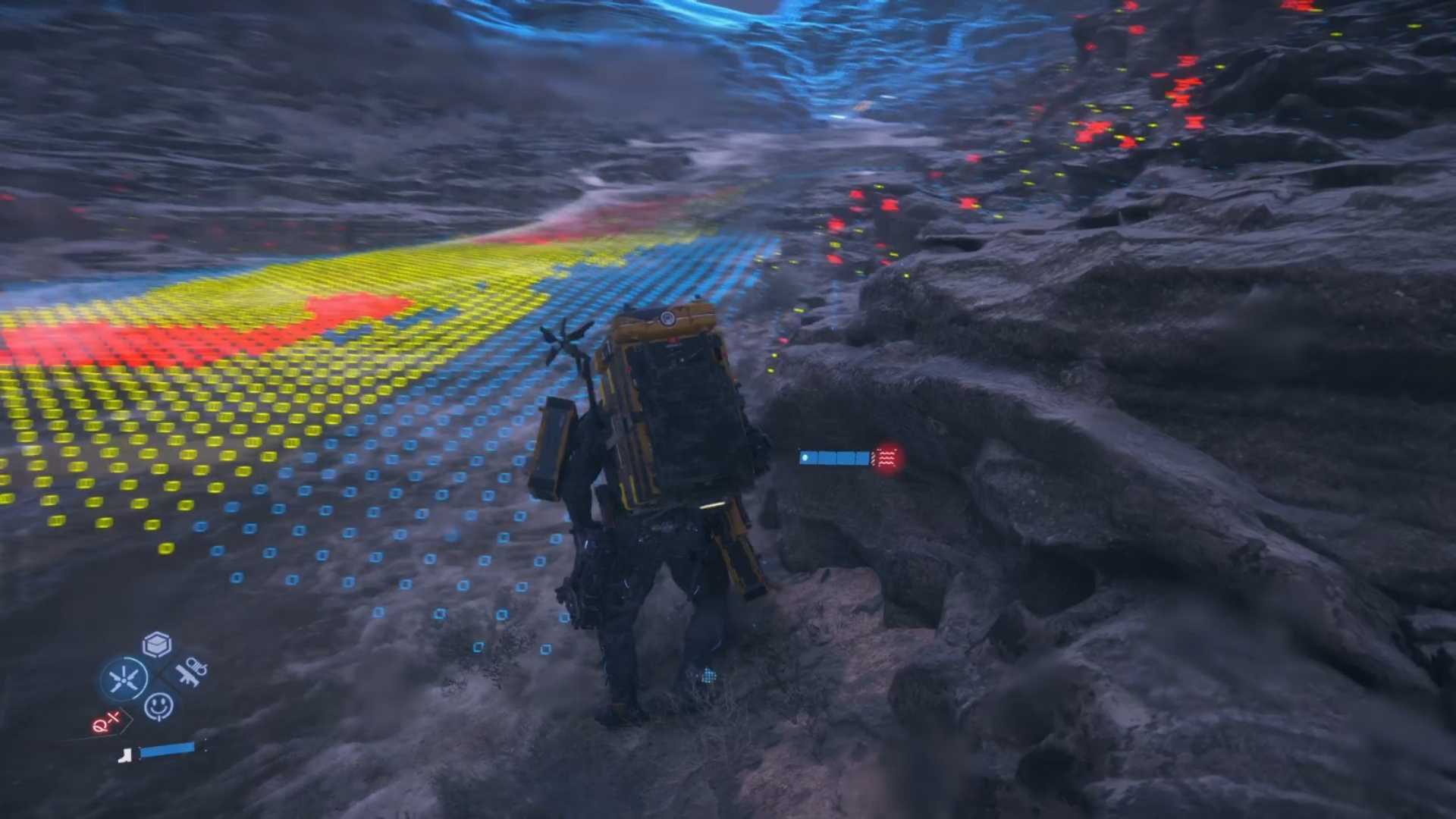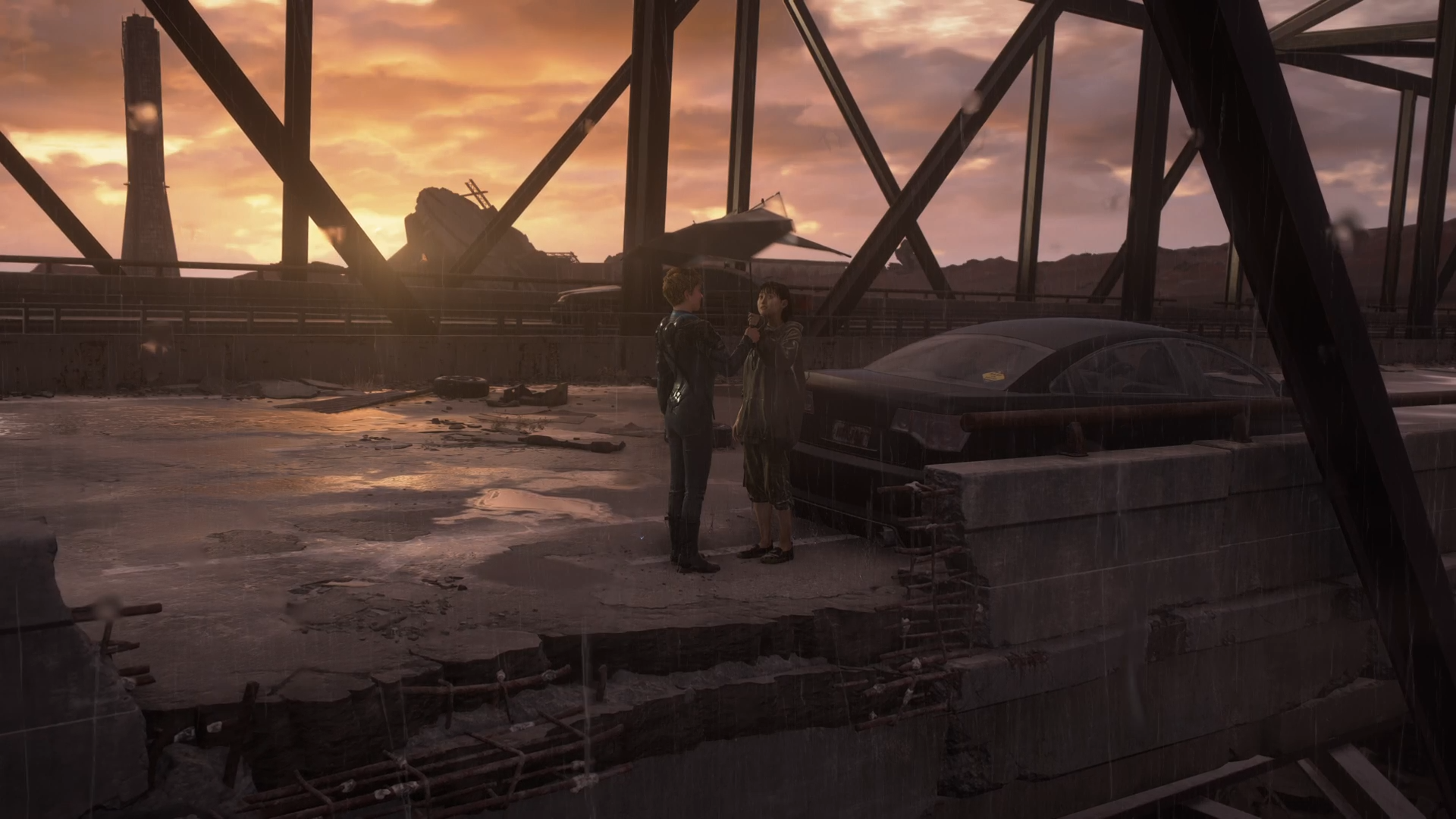In Death Stranding 2, reconstructing travel networks is optional but advantageous. While resource allocation remains flexible, investing in infrastructure minimizes traversal risks and preserves vehicle integrity across rugged terrain.
Pathway Reconstruction Strategies

Rebuilding transportation routes requires gathering essential components like Ceramics, Metal Alloys, and Chiral Crystals. Locate Auto-Paver stations strategically placed throughout the environment to initiate construction protocols. These terminals enable you to allocate collected resources through their interface systems, transforming scattered materials into functional throughways.
Successful pavement completion triggers environmental transformations, with certain routes automatically spanning natural barriers like waterways. This feature eliminates hazardous crossings and creates predictable paths for cargo transport.
Reviving Rail Networks




During progression through narrative objectives, players encounter infrastructure rehabilitation missions. The thirteenth primary quest involves sourcing Special Alloys from mineral-rich locations and activating dormant rail systems. This process begins at specified terminals where materials are processed before initiating reactivation sequences.
Subsequent rail revivals may require phased reconstruction efforts mirroring roadway projects. Each restored section expands fast-travel capabilities, creating interconnected networks across regions while withstanding environmental decay.





